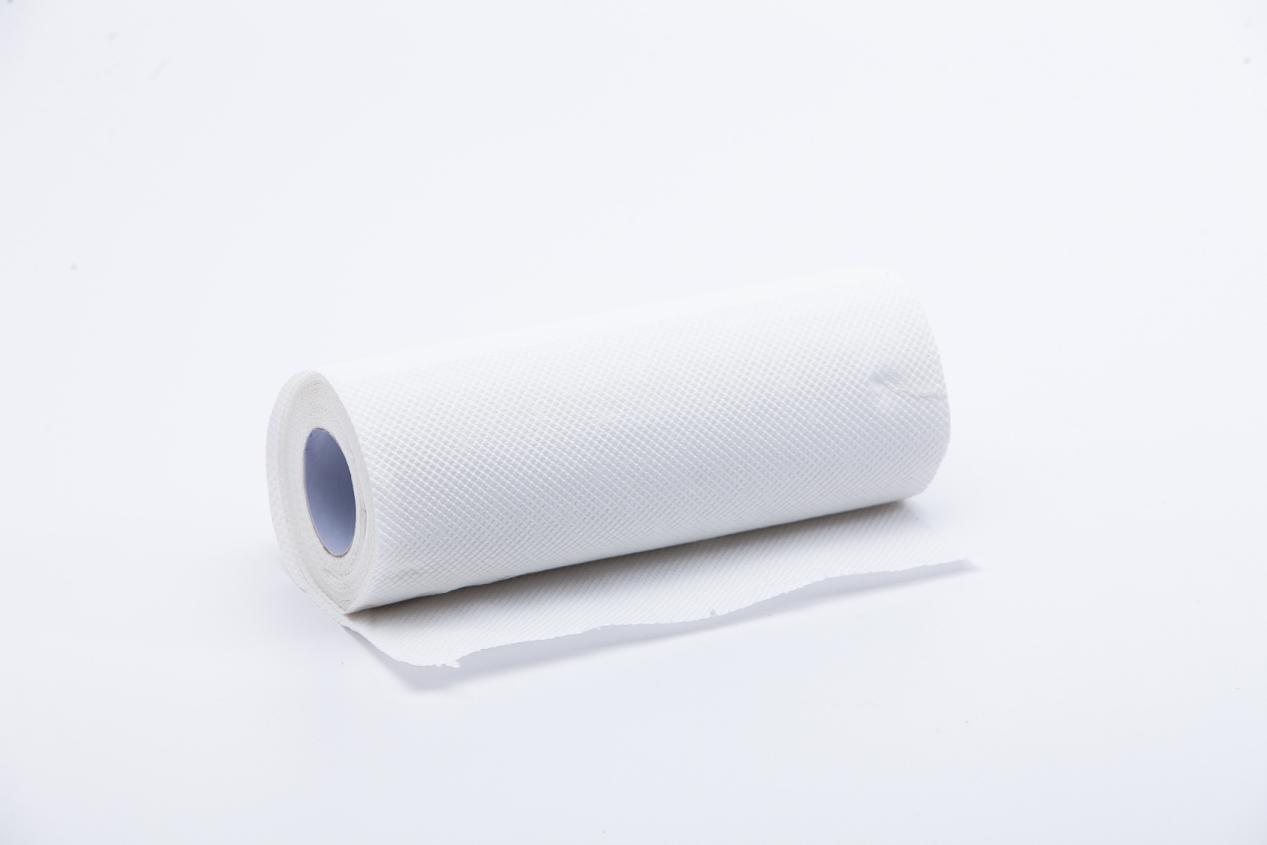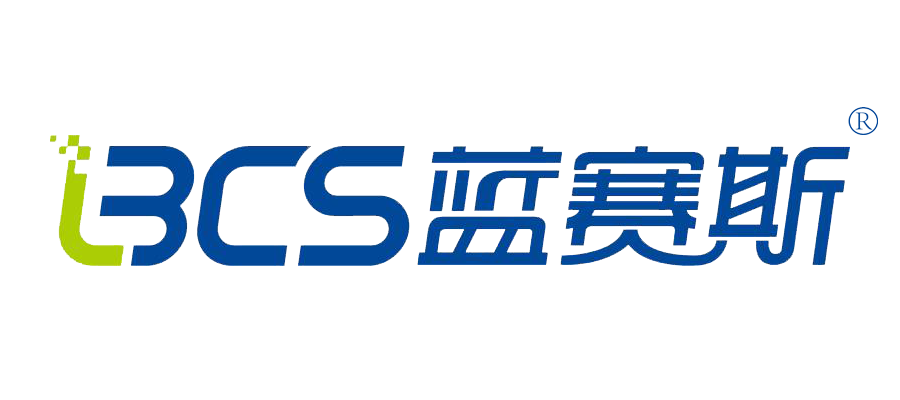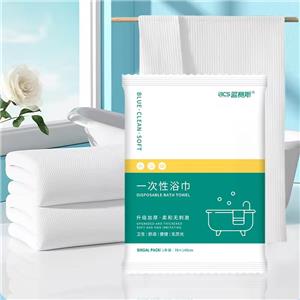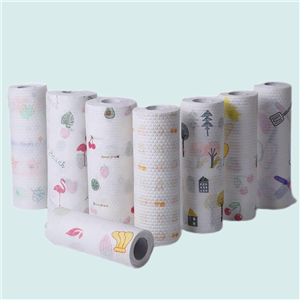The most effective way to improve the filtration efficiency of meltblown non-woven fabrics
Melt blown nonwoven fabricis the core material of medical masks, and its filtration efficiency directly affects the protective effect of the mask. There are many factors affecting the filtration performance of meltblown cloth, such as fiber linear density, structure, thickness and density of the fiber web. As the air filter material of the mask, if the material is too tight, the pores are too small, and the breathing resistance is too large, the user cannot smoothly inhale the air, and the mask will lose its use value. This requires the filter material not only to improve its filtration efficiency, but also to reduce its breathing resistance as much as possible, and breathing resistance and filtration efficiency are a pair of contradictions. The electrostatic electret treatment process is the best way to solve the contradiction between breathing resistance and filtration efficiency.
1. Mechanical barrier
Droplets with a particle size greater than 5 μm in the air can be blocked by the melt-blown cloth; when the diameter of the dust particles is less than 3 μm, the fibers in the melt-blown cloth are randomly arranged and the interlayers are formed, forming a fiber filter layer with multiple curved channels. , when the particles pass through various types of curved channels or paths, the particles are adsorbed on the surface of the fiber by the van der Waals force of mechanical filtering; when the particle size and air velocity are large, the air flow closes to the filter material and flows around due to obstruction , and the particles collide with the fibers directly due to the inertial action and are captured; when the particle size is small and the flow rate is very low, the particles hit the fibers due to the diffusion of Brownian motion and are captured.
2. Electrostatic adsorption
Electrostatic adsorption refers to the capture of particles by the Coulomb force of the charged fibers (electret) when the melt blown nonwoven fabric are charged. When dust, bacteria, viruses and other particles pass through the filter material, the electrostatic force can not only effectively attract the charged particles, but also capture the induced polarized neutral particles with the electrostatic induction effect. As the electrostatic potential increases, the electrostatic adsorption effect is stronger.
3. Electrostatic electret process
Since the filtration efficiency of ordinary melt blown nonwoven fabric is less than 70%, it is not enough to rely solely on the mechanical blocking effect of the three-dimensional aggregates of fibers with fine fibers, small voids and high porosity of melt blown nonwoven fabric. Generally, the electrostatic electret process is used to add electrostatic charge effect to the meltblown cloth, and the electrostatic method is used to improve the filtration efficiency, so that the filtration efficiency can reach 99.9% to 99.99%, and a very thin layer can reach the expected standard. The breathing resistance is small.
The current electrostatic electret methods mainly include electrospinning method, corona discharge method, triboelectric method, thermal polarization method, low-energy electron beam bombardment method, etc. Among them, corona discharge method is the best electrostatic electret method at present.





